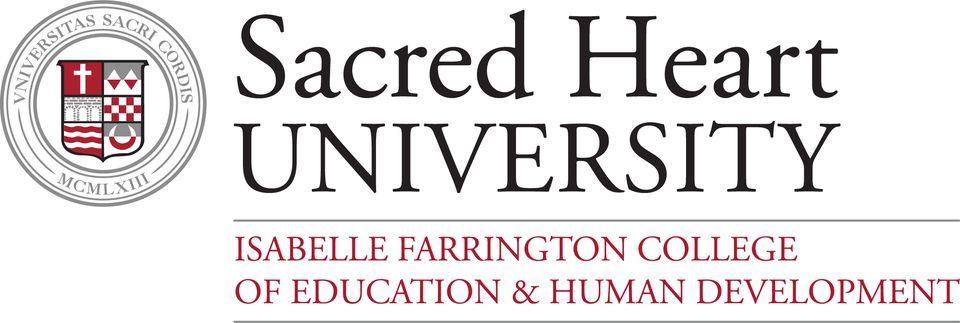Document Type
Article
Publication Date
2009
Abstract
Introduction:
In 2008 I was approached to deliver a keynote address at the biennial conference of the Distance Education Association of New Zealand (DEANZ) in Wellington on the topic of today’s student and K–12 distance education. Several months ago, Mark Nichols asked me if I would be interested in putting some of the ideas that I discussed as a part of that August 2008 presentation into a manuscript for the Journal of Distance Learning. This paper represents my best efforts to summarise and expand on those ideas.
As in my 2008 keynote, I want to discuss three main themes in this paper. The first is to critically examine the common labels we assign to this generation of students and the characteristics these labels attribute to the youth we find in our schools, colleges, and universities. This examination includes the literature and research, (or lack thereof) to support these labels. The second is to trace the substantial history of distance education at the K–12 level. This history begins with the use of the correspondence model and continues with current online learning initiatives. The third and final purpose is to describe the virtual school movement, with a focus on developments in North America. This description also includes a discussion of how virtual schools have been organised and the nature of students served.
From Concluding thoughts:
While distance education at the K–12 level has been around for over a century, the use of online learning in K–12 environments and the organisation of these programmes into formal entities are still quite new. In North America, virtual schooling has been a reality for only about 15 years, and it is less in many other jurisdictions. There is therefore still much that we don’t know about this form of distance education with this population of students. Having said that, as the percentage of K–12 students enrolled in online learning continues to grow, and as the population of students who access these opportunities continues to expand, more is needed to prepare both students and teachers to be successful in these environments.
Recommended Citation
Barbour, Michael K. "Today’s Student and Virtual Schooling: The Reality, the Challenges, the Promise." Journal of Distance Learning 13.1 (2009): 5-25.
Included in
Elementary and Middle and Secondary Education Administration Commons, Online and Distance Education Commons, Teacher Education and Professional Development Commons


